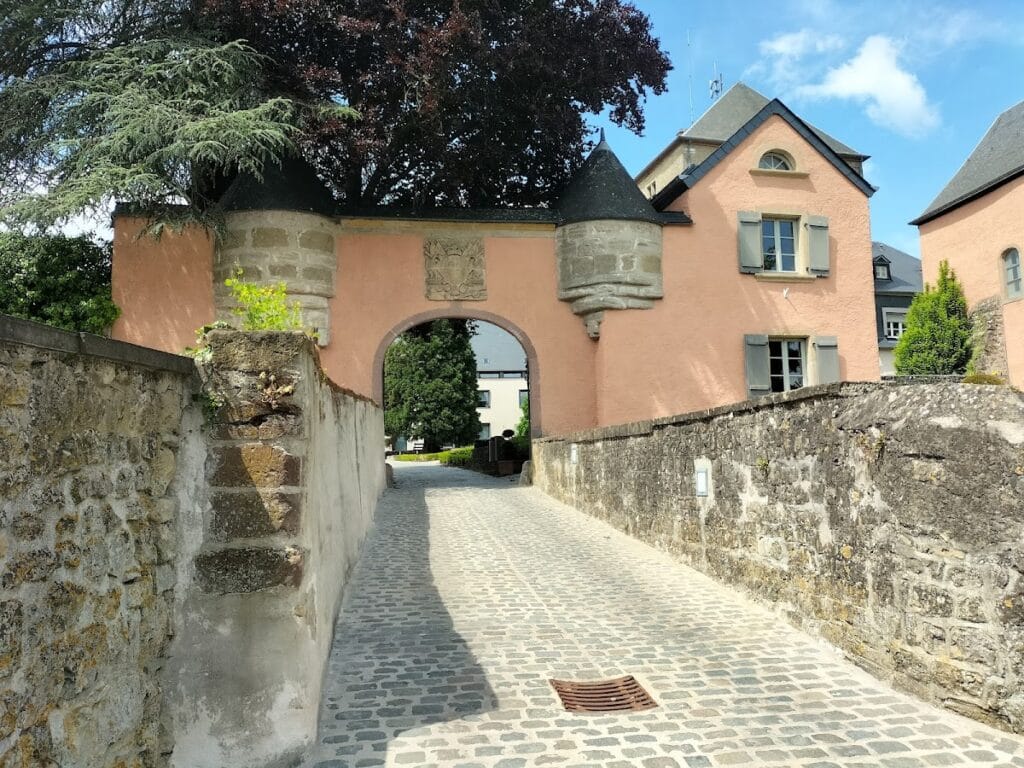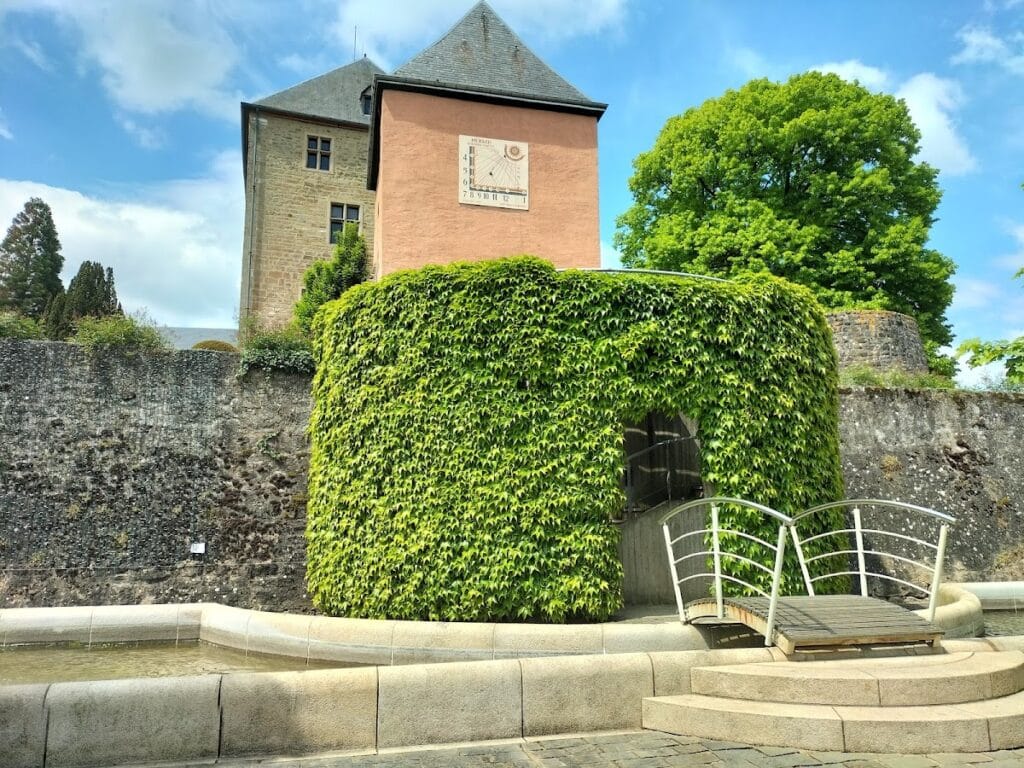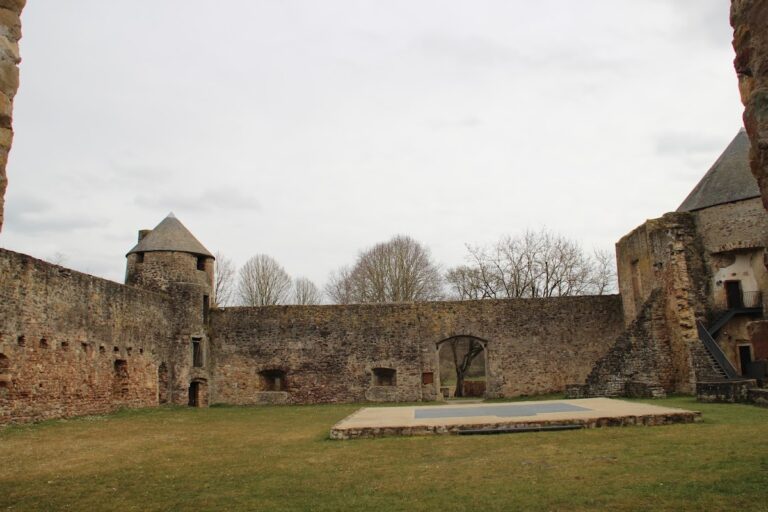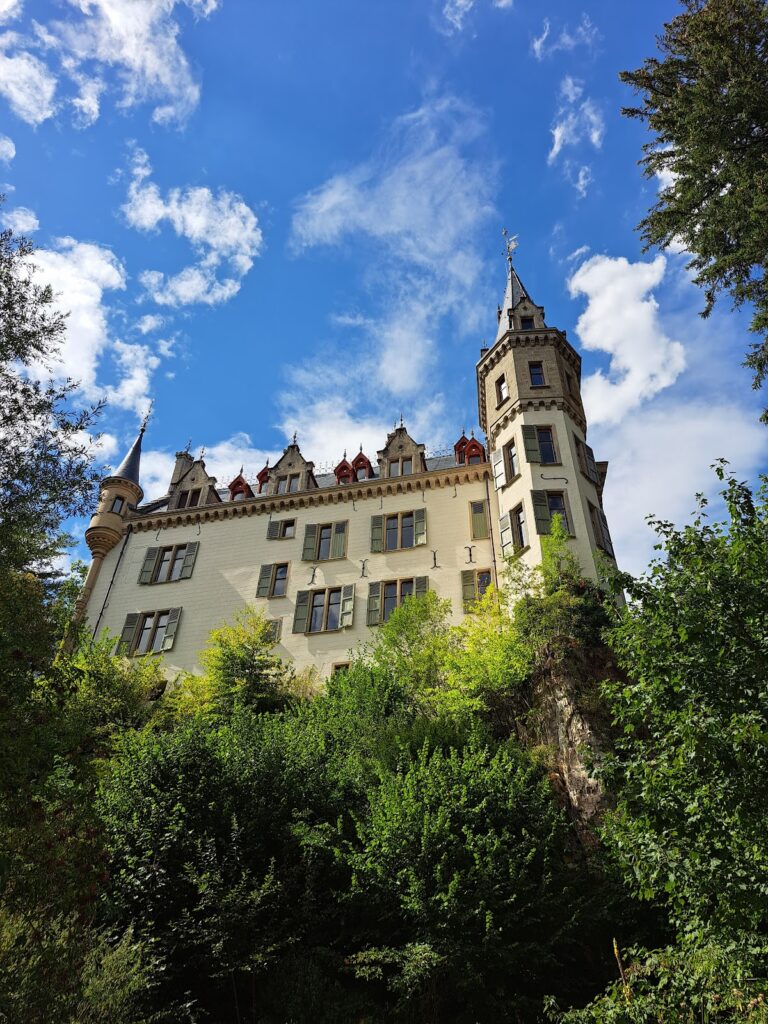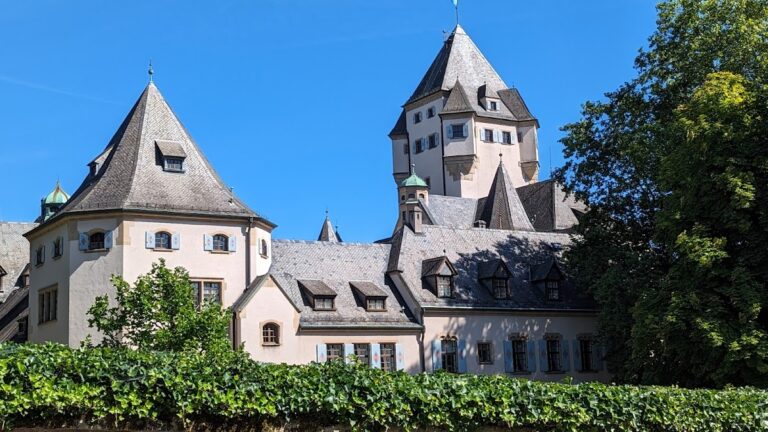Mersch Castle: A Historic Fortress and Administrative Center in Luxembourg
Visitor Information
Google Rating: 4.1
Popularity: Low
Google Maps: View on Google Maps
Official Website: www.visitguttland.lu
Country: Luxembourg
Civilization: Medieval European
Remains: Military
History
Mersch Castle stands in the municipality of Mersch, Luxembourg, and was originally erected by medieval Luxembourgish builders in the 13th century. Its origins trace back to a fortified stronghold constructed under the guidance of Theodoric I, a knight in service to Countess Ermesinde of Luxembourg. The earliest surviving record mentioning a tower at the site dates from 1232, found in a property transaction involving Theodoric. This tower was likely the castle’s main keep, or donjon.
This early tower may have been part of an even older castle established during the Carolingian era by a figure named Nithardus. Over time, Theodoric expanded this into a more comprehensive fortress encircled by a defensive moat. In the 15th century, during the conflict known as the Burgundian-Swiss war, the castle was set ablaze by Burgundian forces, severely damaging the structure and its defenses.
In 1574, a new chapter began under Paulus von der Veltz who transformed the fortress into a residence reflecting Renaissance architectural styles. This renovation included the addition of a new façade that altered the castle’s appearance. However, further conflict followed, as the castle again suffered fire damage in 1603 and extensive destruction during the Thirty Years’ War, leaving the castle and the surrounding village in a state of ruin and neglect.
Around 1700, Count Johann-Friedrich von Elter undertook reconstruction efforts to restore the castle’s gate and adorned it with his family’s coat of arms. He also reinstated the castle’s chapel, which was officially reconsecrated in 1717. The chapel altar is notable for bearing the heraldic symbol of Charlotte von Elter, the castle’s heiress, linking the structure to its noble owners and their lineage.
Ownership passed through several hands, including the Sonnenberg-Reinach family who sold the property in 1898 to a businessman, Schwartz-Hallinger. Restoration work was carried out in 1930 under the proprietor M. Uhres. A youth hostel was established nearby in 1938 in a new adjacent building, signaling a phase of adaptive reuse around the historic site.
In the mid-20th century, the municipality of Mersch took ownership of the castle in 1957, transferred it to the Luxembourg state in 1960, and later reclaimed it in 1988. Following extensive renovations completed in 1993, the castle has served as a center for local government administration and as a tourist information office. It is one of seven castles found within the “Valley of the Seven Castles” along the Eisch River. The site gained official recognition as a national monument twice, first on March 17, 1980, and again on December 6, 2023. In 2011, Mersch Castle was honored on a 5 euro coin as part of a series celebrating Luxembourg’s castles.
Remains
Mersch Castle is built on an approximately rectangular plan measuring about 34 by 30 meters, featuring a blend of medieval and Renaissance elements that reflect its layered history. Its defenses included a protective wall that originally encircled the property with seven round towers spaced along its length. The perimeter was further fortified by an 11-meter-wide moat, a broad ditch filled with water acting as a barrier against attackers. In records from 1574, the defensive wall was about 1.35 meters thick, indicating substantial fortification.
Central to the castle is the original square donjon, each side measuring roughly 12 meters. Over the centuries, this main tower was enlarged toward the northwest, enhancing the castle’s living and defensive spaces. Additionally, four round towers approximately six meters across stand at the corners or sides of the complex, contributing to its strength and watch points.
Inside, several rooms display vaulted ceilings, specifically using a style known as net vaulting, a decorative Gothic technique where ribs form a net-like pattern on the ceiling’s underside. The castle’s interiors are richly adorned in the late Gothic style. On the second floor, a sizeable knights’ hall serves as a ceremonial or gathering space, decorated with sixteen coats of arms that represent the various noble families and owners who controlled the castle through history. This hall also contains a large and impressive fireplace that would have provided warmth and served as a focal point.
The gate reconstructed by Count Johann-Friedrich von Elter remains a noteworthy feature. It carries his family’s coat of arms, symbolizing his role in restoring this entrance. Within the castle chapel, the altar prominently displays the heraldic crest of Charlotte von Elter, signifying her status as the castle’s heiress and the importance of the chapel’s religious function.
The late 16th-century Renaissance façade introduced by Paulus von der Veltz stands out as a significant architectural modification, differentiating this residence from earlier medieval fortifications. Throughout the 20th century, efforts were made to maintain and restore the castle, including work completed in 1930 and again in 1993, allowing the castle to remain structurally sound and adaptable for administrative use.
Near the medieval structure, a separate building constructed in 1938 hosts a youth hostel. This addition marks an expansion of the complex’s footprint beyond the original castle grounds while indicating the site’s ongoing functional evolution. Today, Mersch Castle remains in a well-preserved condition, reflecting its continuous occupation and care for over seven centuries.
